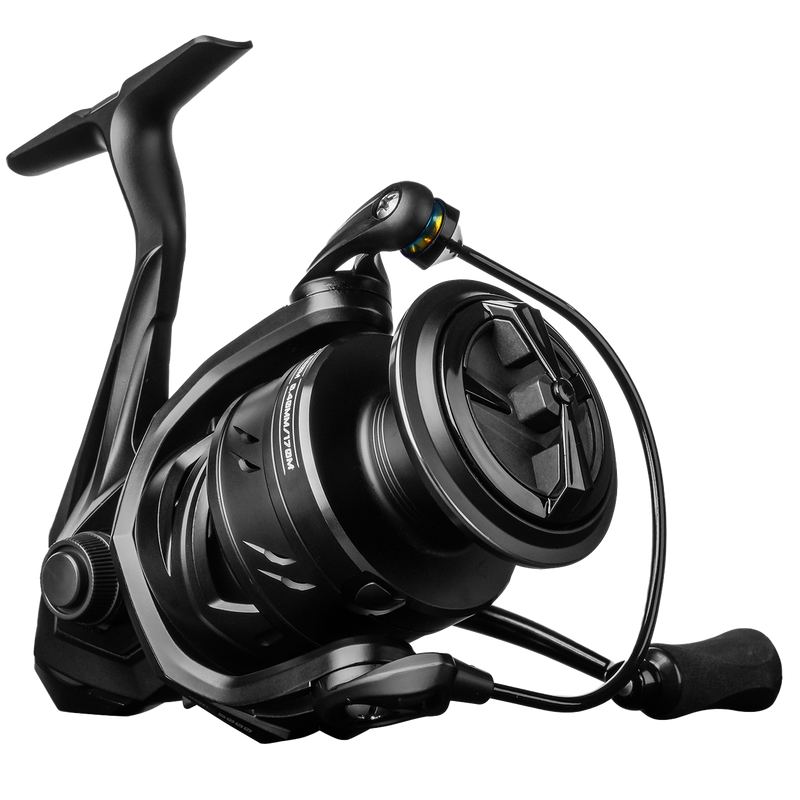Unlock Your Next Big Catch: Discover the Ultimate Fishing Line for Bass Spinning Reels!
When it comes to bass fishing, the right fishing line can make all the difference between a day of frustration and a successful outing. A well-chosen line enhances the performance of your bass spinning reel, allowing for better casting distance, sensitivity, and ultimately, catch success. With numerous options available, it is crucial to understand the specific needs of bass anglers and how different lines can meet these needs. In this guide, we will explore the best fishing lines for bass spinning reels, helping you make an informed choice that could unlock your next big catch.

Understanding Fishing Lines for Bass Spinning Reels
Fishing lines come in various types, each offering unique characteristics that affect your fishing experience. The three main types are monofilament, fluorocarbon, and braided lines. Monofilament is known for its stretch and ease of use, making it a popular choice for beginners. It provides good knot strength and is visible to fish, which can be a disadvantage in clear water. Fluorocarbon lines, on the other hand, are nearly invisible underwater, offering superior sensitivity and abrasion resistance. They have less stretch, allowing for better hook-setting power. Lastly, braided lines are incredibly strong for their diameter and have minimal stretch, providing exceptional sensitivity and control. However, they can be more visible in the water, which may deter fish in certain conditions. A quick comparison of these lines reveals their strengths and weaknesses, guiding anglers in their selection process.
Factors to Consider When Choosing a Fishing Line
Choosing the right fishing line involves several key factors that can significantly influence your fishing success. Firstly, line strength is paramount; it needs to withstand the weight and fight of bass. Look for a line with a suitable pound test rating based on the size of the bass in your fishing area. The diameter of the line is also critical; thinner lines can improve casting distance and reduce visibility but may compromise strength. Stretch is another important consideration; a line with too much stretch can result in missed strikes, while a line with too little may lead to break-offs. Lastly, abrasion resistance is crucial, especially when fishing around structure like rocks or weeds. A line that can withstand friction will hold up better and reduce the chances of losing your catch. Each of these factors plays a vital role in tailoring your setup to specific fishing conditions and techniques.
Top Features of the Best Fishing Lines for Bass
The best fishing lines for bass spinning reels share several key features that enhance their performance. Sensitivity is vital; a sensitive line allows anglers to detect even the slightest bites, crucial for catching wary bass. Knot strength is another critical feature; a line that holds strong knots ensures that your setup remains intact under pressure. Additionally, manageability is essential for smooth casting and reeling. A line that coasts effortlessly off the spool prevents tangles and improves overall experience. Many anglers will attest to the difference a high-quality line can make, as it not only aids in catching more fish but also contributes to a more enjoyable fishing trip. Investing in a fishing line that boasts these features can significantly elevate your bass fishing game.
Tips for Spooling Your Bass Spinning Reel
Properly spooling your spinning reel is crucial for achieving optimal performance. Start by ensuring that the line is threaded through the reel's guides in the correct direction. This will prevent twists and tangles. Before spooling, it's a good idea to soak the line in water for a few minutes; this adds weight and helps eliminate memory coils. When spooling, maintain a slight tension on the line to ensure it is evenly layered on the spool. Avoid overfilling the spool; a little space at the top allows for better casting. Lastly, make sure to tie a reliable knot to secure the line to the spool. Following these steps will help you avoid common mistakes and ensure that your fishing line performs at its best.
Choosing the Best Fishing Line for Success
Selecting the right fishing line for your bass spinning reel is essential for a successful day on the water. With various types and features to consider, it’s important to evaluate your specific needs and fishing conditions. A good fishing line not only enhances your performance but also increases your chances of landing that trophy bass. Take the time to research and choose wisely, as the right line can transform your fishing experience and lead you to your next big catch.








